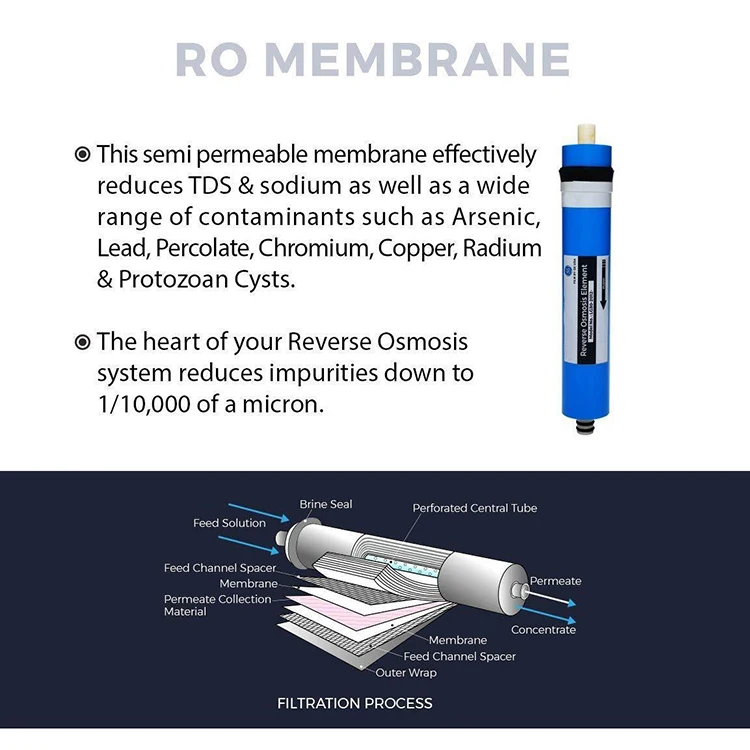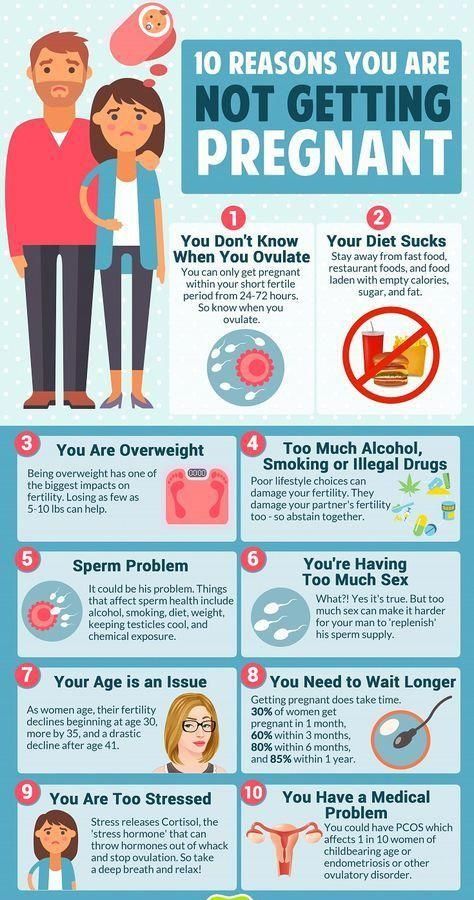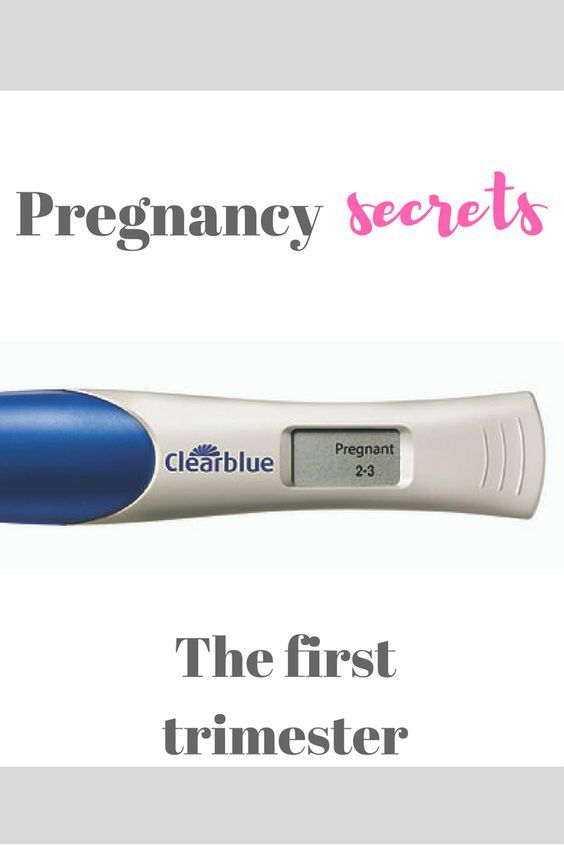How effective is membrane stripping
Risks and effectiveness for inducing labor
Membrane stripping, also known as membrane sweeping, is a procedure that can help induce labor in pregnant people who are close to or past their due date.
During a membrane stripping procedure, a doctor inserts one or two gloved fingers into a person’s cervix and sweeps between the thin membranes of the amniotic sac. This is a thin-walled sac around the fetus.
This stimulates hormone and prostaglandin production, compounds that help induce labor.
This article covers the safety, efficacy and potential risks of membrane stripping.
Membrane stripping is usually safe in uncomplicated pregnancies.
However, there are minor risks associated with this technique. These include:
- mild discomfort during the procedure
- minor vaginal bleeding
- irregular contractions
Membrane stripping carries minimal risk, but it may not be suitable for everyone.
Who should not have membrane stripping?
A doctor is likely to decide against membrane stripping if it is unsafe for a person to deliver their baby vaginally. The following factors might also make the procedure unsuitable:
- prior cesarean delivery
- multiple births
- history of preterm delivery
- current bacterial cervical infection
- placenta previa, where the placenta covers the opening of the cervix
- active herpes infection
- vasa previa, a condition in which connective membranes cover the opening of the cervix
- severe fetal abnormalities
- Mullerian duct abnormalities
- abnormal fetal position
- structural pelvic abnormalities
- prior uterine rupture
In most cases, membrane stripping increases the likelihood of spontaneous labor, especially in the 7 days following the procedure. However, a 2020 research review found that membrane stripping does not typically lead to unassisted vaginal birth.
Researchers found 40 studies involving 6,548 women, comparing the rate of labor from membrane stripping versus no intervention. They concluded that membrane stripping can increase the likelihood of spontaneous labor by more than 20%.
Doctors usually only need to carry out the procedure once to induce labor successfully. However, some women may require multiple stripping procedures.
For example, a 2014 study of 800 women found that membrane stripping, in conjunction with other methods of induction:
- reduces the time between induction and labor
- increases the vaginal delivery rate
- lowers the need for oxytocin, a drug that induces labor
How painful is a membrane strip?
The procedure can be uncomfortable, and most women feel a bit of pain and tenderness afterward. Some women also experience minor bleeding.
It is essential to inform the doctor immediately if severe pain or bleeding occurs during or after the appointment.
What should someone expect before and after a membrane strip?
Women do not generally need to prepare for membrane stripping, which the doctor will carry out as part of a regular examination.
The procedure usually takes place in a doctor’s office. The doctor may need to stimulate the cervix to dilate it, as membrane stripping will not be possible otherwise.
The doctor may need to stimulate the cervix to dilate it, as membrane stripping will not be possible otherwise.
Membrane stripping s a nonsurgical intervention that can induce labor.
Doctors typically perform membrane stripping during the final few weeks of pregnancy, usually between 38 and 41 weeks of gestation.
Membrane stripping is a relatively safe procedure in uncomplicated pregnancies, and study results have shown that it can increase the likelihood of spontaneous labor.
Purpose, Procedure, and What Happens After
I was pregnant with my son during one of the hottest summers on record. By the time the end of my third trimester rolled around, I was so swollen I could barely turn over in bed.
At the time, I worked in our local labor and delivery unit as a nurse, so I knew my doctor well. At one of my checkups, I begged her to do something to help spur my labor.
If only they would strip my membranes to induce labor, I reasoned, I could be out of my misery and meet my baby boy sooner.
Here’s a look at how effective membrane stripping is for inducing labor, plus the risks and benefits.
Stripping the membranes is a way to induce labor. It involves your doctor sweeping their (gloved) finger between the thin membranes of the amniotic sac in your uterus. It’s also known as a membrane sweep.
This motion helps separate the sac. It stimulates prostaglandins, compounds that act like hormones and can control certain processes in the body. One of these processes is — you guessed it — labor.
In some cases, your doctor can also gently stretch or massage the cervix to help it start to soften and dilate.
Your doctor may suggest trying a membrane stripping if:
- you’re near or past your due date
- there isn’t a pressing medical reason to induce labor with a faster method
You don’t need to do anything to prepare for a membrane stripping. The procedure can be done in your doctor’s office.
You’ll simply hop up on the exam table like at a normal checkup.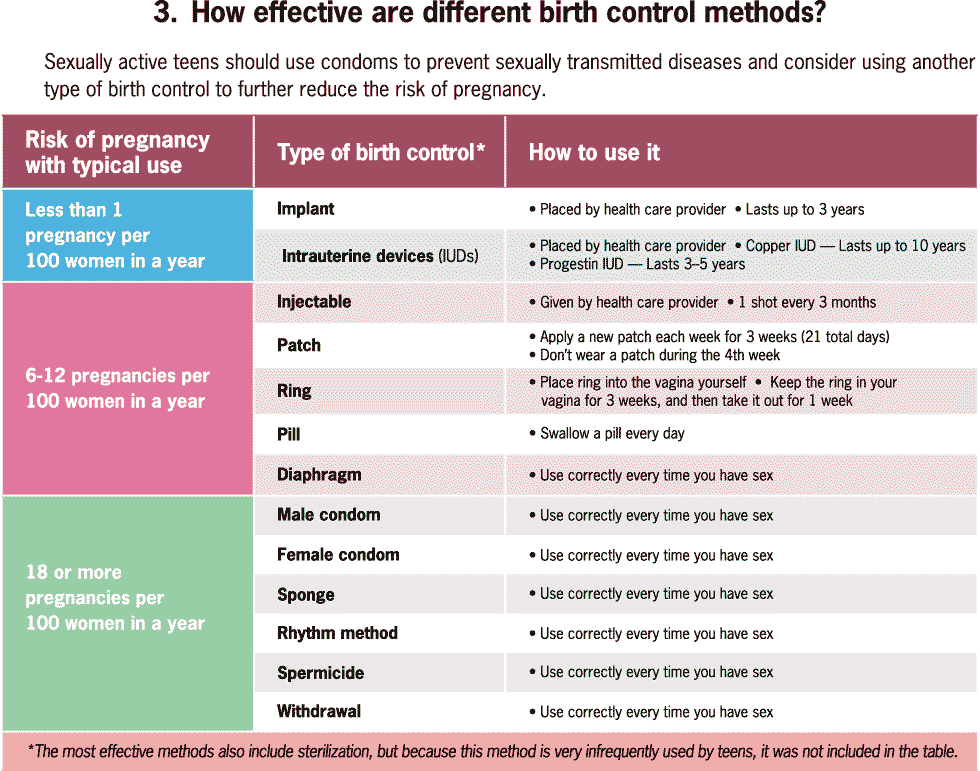 The best thing you can do during the procedure is simply breathe through it and try to relax. Membrane stripping doesn’t take long. The entire procedure will be over in a few minutes.
The best thing you can do during the procedure is simply breathe through it and try to relax. Membrane stripping doesn’t take long. The entire procedure will be over in a few minutes.
Researchers on a study published in the Journal of Clinical Gynecology and Obstetrics (JCGO) didn’t find any increased risks for negative side effects in women undergoing membrane stripping.
Women who have their membrane swept aren’t more likely to have a cesarean delivery (commonly referred to as a C-section) or other complications.
The study concluded that membrane stripping is safe and that, in most cases, women will only need to have the procedure one time for it to work.
Experts still question whether or not membrane stripping is really effective. A 2011 review of available studies concluded that the efficacy depends on how far along in pregnancy a woman is, and whether or not she uses other induction methods. It’s most effective if she doesn’t.
The JCGO study reported that after a membrane sweep, 90 percent of women delivered by 41 weeks compared to women who didn’t receive the membrane sweep.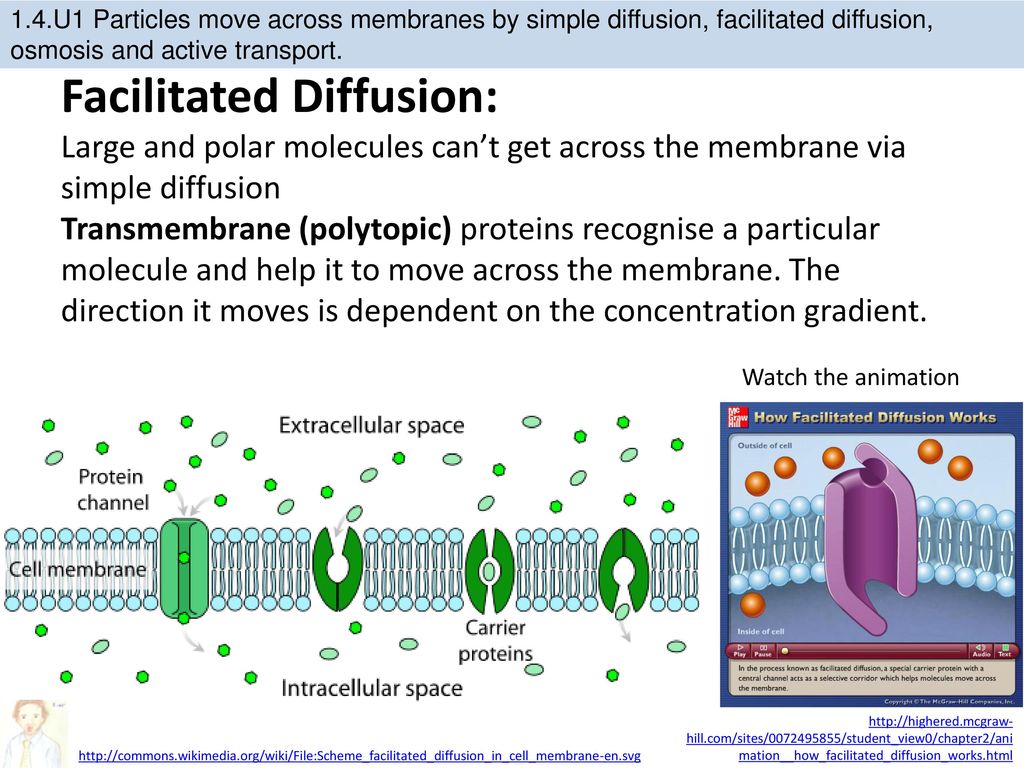 Of these, only 75 percent delivered by 41 weeks’ gestation. The goal is to stimulate labor and safely deliver before the pregnancy is beyond 41 weeks, and membrane stripping may occur as early as 39 weeks.
Of these, only 75 percent delivered by 41 weeks’ gestation. The goal is to stimulate labor and safely deliver before the pregnancy is beyond 41 weeks, and membrane stripping may occur as early as 39 weeks.
Membrane stripping might be most effective for women who are past their due dates. One study found that membrane sweeping could increase the likelihood of spontaneous labor within 48 hours.
Membrane stripping isn’t as effective as other types of induction, such as using medications. It’s generally only used in situations when there really isn’t a pressing medical reason to induce.
Advice from a nurse educator This procedure does cause some discomfort and should only be done by an experienced doctor. You may experience bleeding and cramping for a few days following the procedure. But if it works, it could save you from having your labor induced with medication.
Advice from a Nurse Educator
This procedure does cause some discomfort and should only be done by an experienced doctor.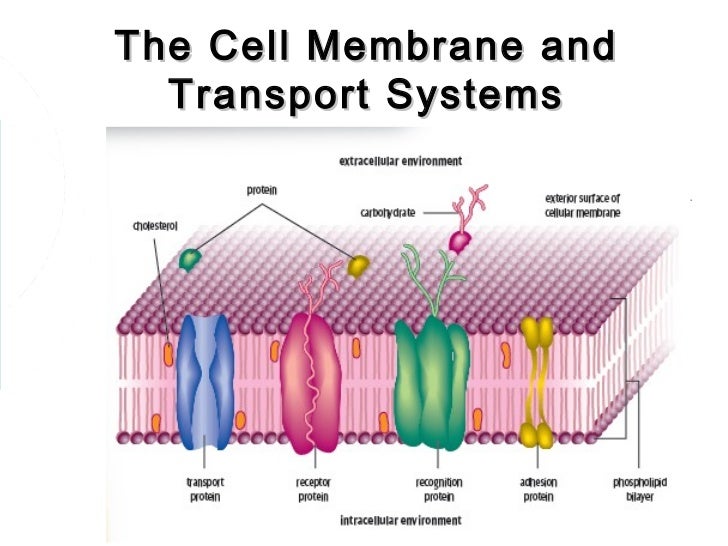 You may experience bleeding and cramping for a few days following the procedure. But if it works, it could save you from having your labor induced with medication.
You may experience bleeding and cramping for a few days following the procedure. But if it works, it could save you from having your labor induced with medication.
The bottom line is you’ll need to balance your discomfort with other adverse effects.
— Debra Sullivan, PhD, MSN, RN, CNE, COI
To be honest, a membrane stripping isn’t a comfy experience. It can be uncomfortable to go through, and you may feel a bit sore afterward.
Your cervix is highly vascular, meaning it has a lot of blood vessels. You may also experience some light bleeding during and after the procedure, which is completely normal. However, if you’re experiencing a lot of bleeding or in a lot of pain, be sure to go to the hospital.
Membrane stripping is most effective if a woman:
- is over 40 weeks in their pregnancy
- doesn’t use any other type of labor-inducing techniques
In those cases, the JCGO study found that women on average went into labor on their own about a week earlier than women who didn’t have their membranes swept.
If you’re reaching a stage in your pregnancy where you’re feeling miserable, talk to your doctor about the pros and cons of a membrane induction. Remember that unless there’s a medical concern, it’s usually best to let your pregnancy progress naturally.
But if you’re past your due date and you don’t have a high-risk pregnancy, a membrane stripping might be a very effective and safe way to help put you into labor naturally. And hey, it might be worth a shot, right?
When to change the reverse osmosis membrane? Problems and solutions for her work - site blog Aquanova.com.ua
When to change the reverse osmosis membrane?
Reverse osmosis systems are one of the best water treatment technologies for domestic and industrial use. The reverse osmosis technology itself is explained as liquid separation, in which the dissolved impurities in the water are separated by a semi-permeable membrane that works under high pressure.
The reverse osmosis membrane is an important part of the reverse osmosis system.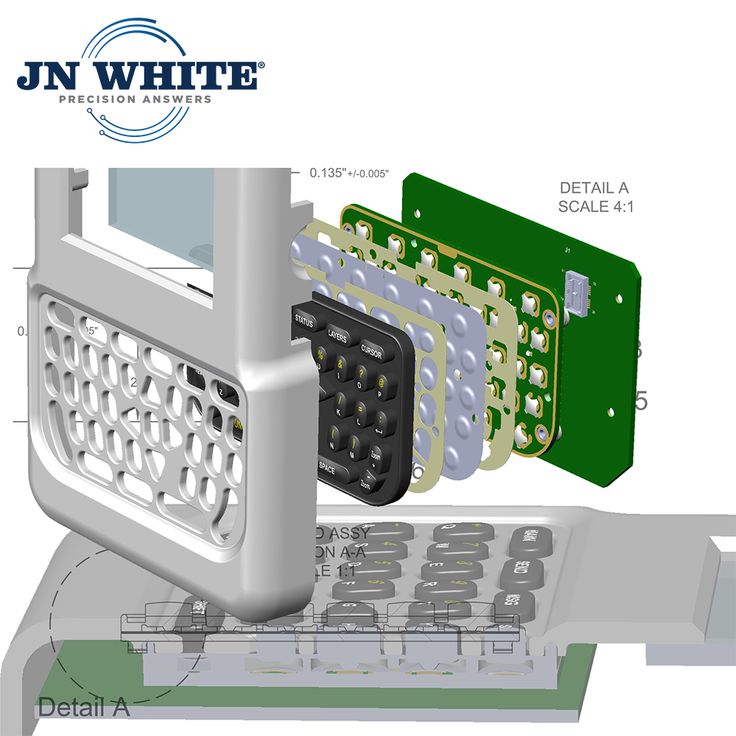 This is a thin film, consisting of microscopic pores, wound around the core. During operation, the reverse osmosis membrane can be contaminated with biological substances, minerals, insoluble organic pollutants and colloidal particles. During operation, the membrane can become clogged to the point where, in addition to reducing performance, it becomes ineffective at removing dissolved salts and can cause cross-contamination. That is why timely replacement of the membrane is necessary.
This is a thin film, consisting of microscopic pores, wound around the core. During operation, the reverse osmosis membrane can be contaminated with biological substances, minerals, insoluble organic pollutants and colloidal particles. During operation, the membrane can become clogged to the point where, in addition to reducing performance, it becomes ineffective at removing dissolved salts and can cause cross-contamination. That is why timely replacement of the membrane is necessary.
Checking the operation of the reverse osmosis membrane
For efficient operation of the reverse osmosis filter, the water pressure at the inlet to the system must be at least 3 atm, if your pressure is lower, we recommend installing a reverse osmosis pump, this will significantly increase the efficiency of the filter.
If you have all the conditions for checking the reverse osmosis membrane, you will need to perform 2 simple steps:
- Turn off the tap on the storage tank.
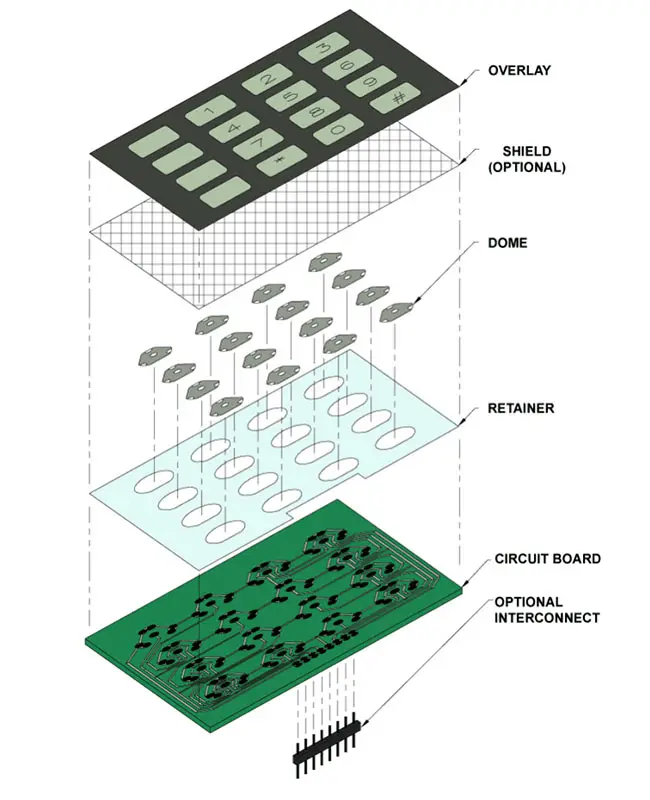
- Open the clean water faucet mounted on the worktop.
If there is enough pressure in the system and the diaphragm has not reached its life, then the trickle from the faucet should be the size of a match and not intermittent, and the capacity should correspond to its gallons.
How do you know when it's time to change your reverse osmosis membrane?
Constant water flow to the drain after osmosis - if you have replaced the pre-cartridges and checked the inlet pressure and four-way valve, this may indicate that the membrane is clogged and needs to be replaced.
Tap water drips - make sure that the pre-cartridges are not clogged, check the water pressure at the inlet to the filter and after the 3rd flask (for optimal system operation, the outlet after the 3rd flask should be 3 atm), if the pressure is higher 3 atm, then it's time to buy a reverse osmosis membrane.
Reverse osmosis tank takes a long time to fill with water - As in the previous cases, it is necessary to exclude contamination of the pre-filters and the pressure of tap water.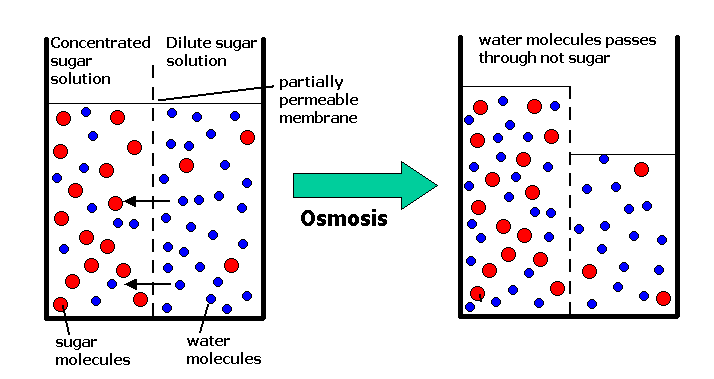 It is also worth paying attention to the check valve, it is screwed into the flask for the membrane (pure water exit after the membrane).
It is also worth paying attention to the check valve, it is screwed into the flask for the membrane (pure water exit after the membrane).
How long does a reverse osmosis membrane last and how can it be extended?
How often to change the reverse osmosis membrane?
The replacement period for a household osmosis membrane depends on several factors: the manufacturer, the amount of water used and the quality of the water. Membranes in the budget and middle segments serve on average from 1 to 2 years, more expensive ones can last up to 3 years. But besides the service life, the membranes also differ in selectivity (salt purification efficiency). In areas with high TDS, the membrane may need to be replaced more frequently.
How to extend the life of the membrane
If you want to extend the life of the membrane and prevent frequent fouling, don't delay replacing the pre-cartridges. Osmosis pre-cartridges will free the membrane from dirt, sand, silt and other suspended deposits.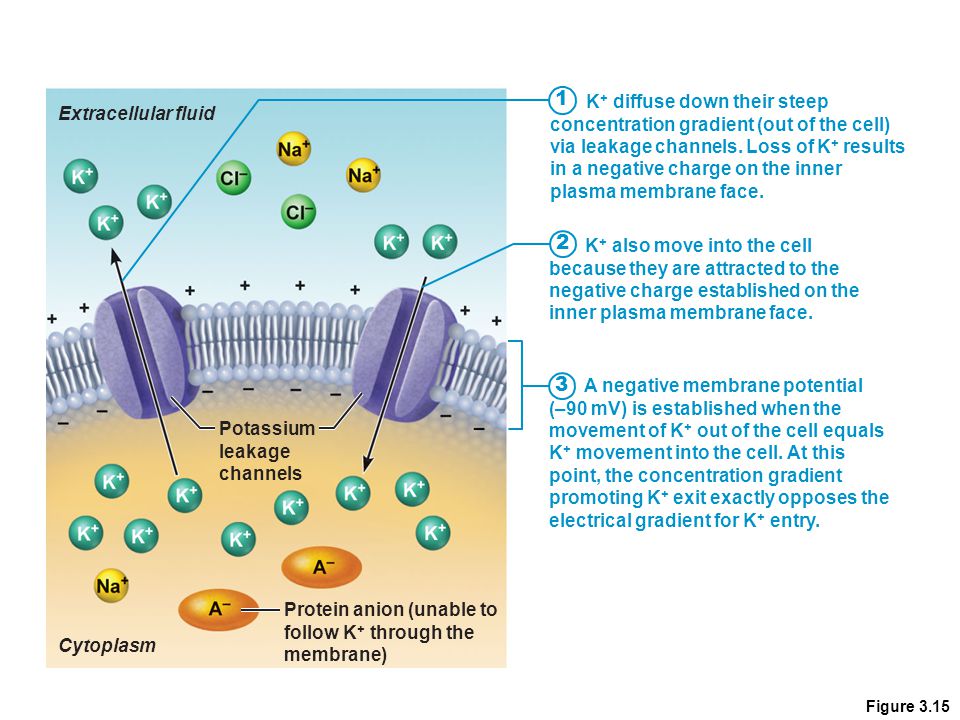 You need to practice to determine the optimal replacement time for the lower cartridges, this will adjust to the quality of your water and save the membrane from stress.
You need to practice to determine the optimal replacement time for the lower cartridges, this will adjust to the quality of your water and save the membrane from stress.
Did you find the article helpful?
Tell your friends
Similar Articles
Free delivery from 2000 UAH
Official warranty up to 5 years
Payment in cash or card
Return in
per 14 days
Reverse osmosis membrane cleaning | AquaBoss
Product catalog
Home » Articles » Reverse Osmosis Membrane Cleaning
Reverse osmosis systems are used to purify water, which is supplied under pressure through a dense filter. They are used both in industry and for domestic purposes.
As a result, purified and oxygen-enriched water enters the consumer, and wastes with a high content of magnesium and calcium salts, bacteria, and organic compounds are discharged into the sewer.
The problem is the gradual clogging of the membrane filter.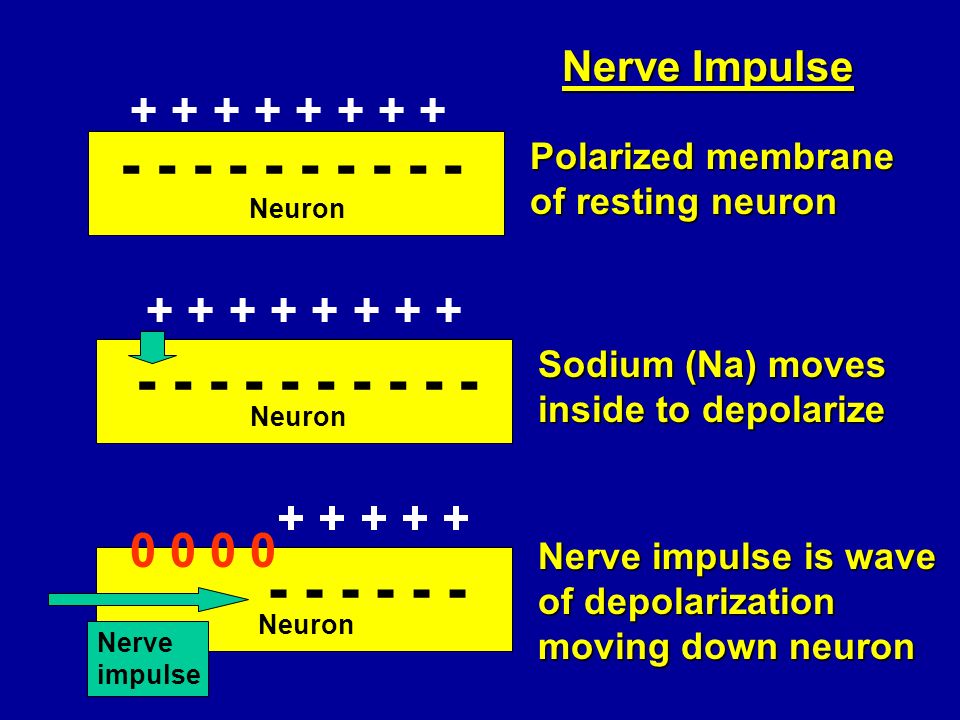 It has narrow pores through which water passes, and various contaminants linger on the surface. After long-term use of the reverse osmosis unit, insoluble compounds and solid suspensions accumulate on the membrane. This gradually leads to a decrease in the throughput of industrial filters, and the cleaning process slows down.
It has narrow pores through which water passes, and various contaminants linger on the surface. After long-term use of the reverse osmosis unit, insoluble compounds and solid suspensions accumulate on the membrane. This gradually leads to a decrease in the throughput of industrial filters, and the cleaning process slows down.
To prevent this from happening, the reverse osmosis filter must be cleaned. Under high pressure, a stream of purified water is supplied for about 10 seconds. This water is removed from the circuit, does not enter the next cycle. This process is automated, it is activated according to a given algorithm.
Signs of dirty membrane
The frequency of cleaning the membrane of the reverse osmosis system depends on the specific conditions. The determining factor depends on the quality of the supplied water, the content of organic and inorganic impurities in it. If chemical washing of the reverse osmosis membrane has to be done more often than once a month, preliminary water purification should be arranged before it enters the filter.
The main signs of filter contamination are
- Strong increase in hydraulic resistance in the area of the membrane
- Reducing the performance of osmosis more than 15% compared to the original parameters
- Increase in the electrical conductivity of the mass accumulated on the membrane by 25 percent or more due to an increase in metal salts in it
- Reducing the quality of water passing through the membrane by more than 20% of the standard values
The timeliness of reverse osmosis cleaning is a decisive factor on which the life of this system and its efficiency depend. If cleaning is not carried out regularly, the accumulated impurities will condense and prevent the penetration of water. Professional washing with the addition of active chemical components will remove alkaline earth metal salts (calcium, magnesium), dirt, silt, and organic contaminants from the reverse osmosis system membrane.
Membrane flushing methods
Regular cleaning of industrial filters has a positive effect on human health, as it increases the performance of the reverse osmosis system, which means it improves water quality. Therefore, when operating reverse osmosis equipment, the question arises - how to properly clean the membrane. There are several ways.
Therefore, when operating reverse osmosis equipment, the question arises - how to properly clean the membrane. There are several ways.
The simplest of them is mechanical. The pressure of the water entering the filter increases sharply. Due to the creation of a strong pressure, plaque and salt contaminants are removed from the membrane. In industrial reverse osmosis systems, this operation is carried out automatically about 4-5 times in one hour.
Chemical cleaning is used less often - when the usual high-pressure water supply is ineffective. Unlike mechanical, this procedure is carried out manually and takes place in several stages:
- The predominant types of pollution are analyzed (sludge, organics, metal salts or all types in approximately equal proportions)
- Based on the analyzed composition, a set of chemicals for cleaning is selected
- Water is no longer supplied to the membrane, the pressure is released
- Filter disassembled into individual components
- These components are washed in a solution with added chemicals according to the nature of the contamination
- Filter is assembled, water supply is restored
Chemical cleaning with selected reagents guarantees absolute disinfection of the membrane. If metal salts predominate in pollution, then acids act as reagents. Plaque of predominantly organic origin is effectively removed in both acidic and alkaline environments. In order to quickly clean the filter, but not damage its components during cleaning, the concentration of chemicals is carefully selected, the duration of washing is determined.
If metal salts predominate in pollution, then acids act as reagents. Plaque of predominantly organic origin is effectively removed in both acidic and alkaline environments. In order to quickly clean the filter, but not damage its components during cleaning, the concentration of chemicals is carefully selected, the duration of washing is determined.
As a result, the original functions of the reverse osmosis system are restored, since its filtering membrane is again able to retain impurities and at the same time pass a large volume of purified water. At the same time, it is necessary to observe the rules for the operation of equipment, safety precautions. If the signs of clogging of the membrane, described above, begin to appear, it is necessary to wash it from the impurities that have appeared chemically.
The AquaBoss catalog contains various models of reverse osmosis systems with a high-pressure membrane manufactured by Aquaphor Pro, the main advantage of which is an extended service life.